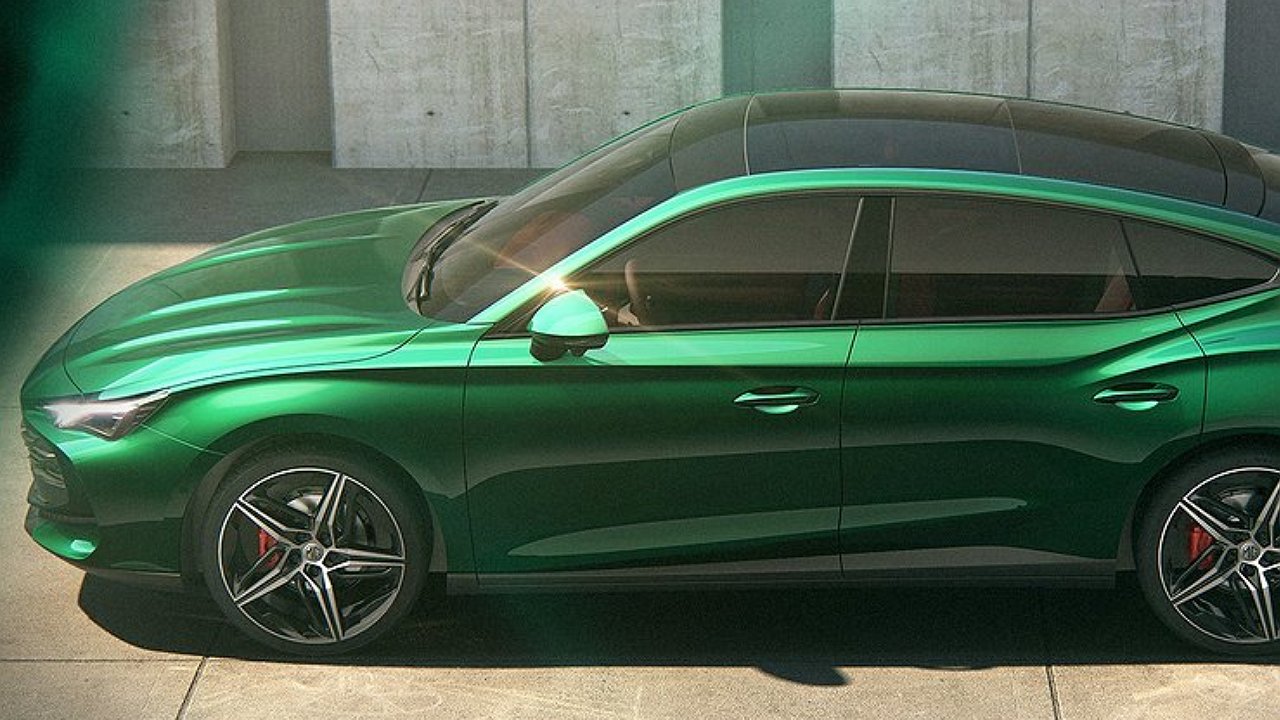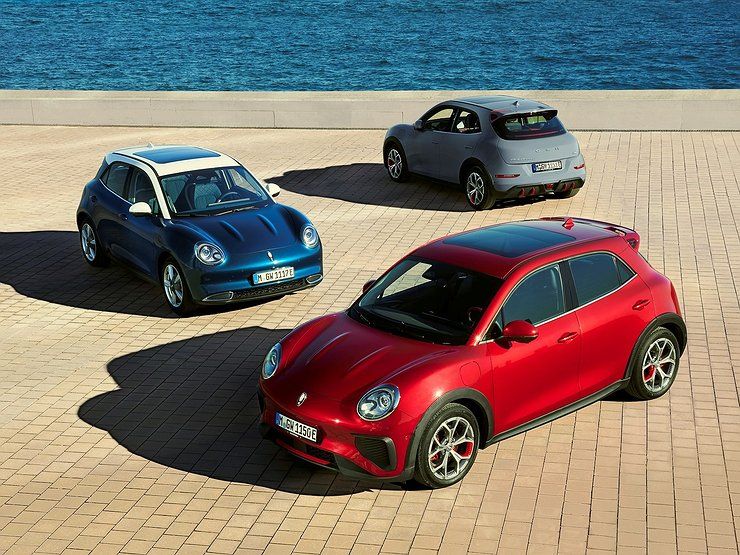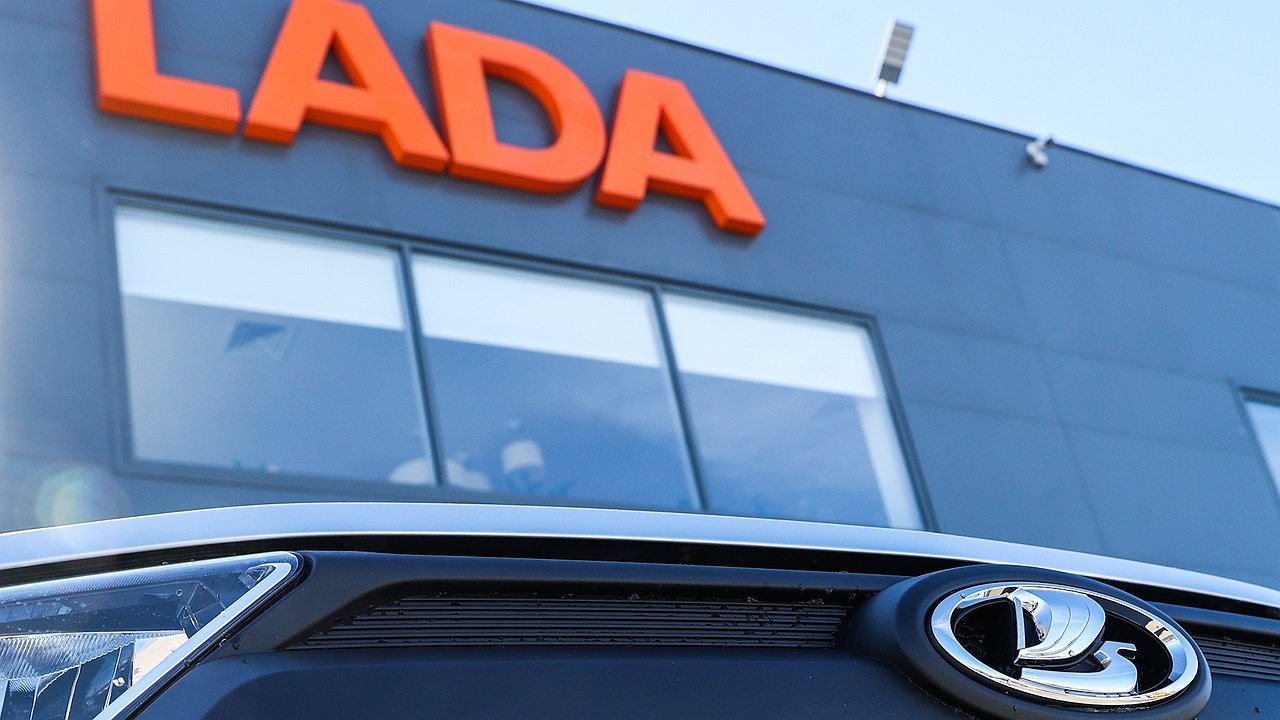Meanwhile, the dynamics are clear, as consumers are increasingly looking at “heavenly” products that provide a comprehensive option for reasonable money (which, by the way, cannot be said about Russia, where the price positioning of “China” is nothing but outright theft). Which cars from China do buyers there choose?
According to the Motor Transport Office of the German Federal Ministry of Digital Technology, sales of models of the Chinese brand MG show an increase of 78%, although the market share it occupies is only 0.7%. The products of the Polestar group, formerly owned by Volvo and now Geely, as well as the Ora brand, which produces premium electric cars in retro style, each accounted for 0.2% of the automotive sector, and Lynk&Co – 0.1%. Not much, but this luxury sub-brand Geely offers European buyers the opportunity to purchase cars via subscription. Previously, by the way, none of the Chinese proposed this in the Old World.
BYD, recognized as the planet’s absolute leader in the EV segment, grabbed a similar piece of the pie. The NIO brand, which ranks 43rd in the overall rankings, closes the assessment of demand for cars from China. Be that as it may, the Asians do not intend to give up: FAW, SAIC, Skywell, JAC have appeared on the local markets under the guise of DR, Jaecoo, Omoda and Chery, which, by the way, are preparing to develop the former Nissan factory in Spain. Other companies are also planning local production in Europe, including Great Wall, BYD and MG. The latter brand, in case anyone has forgotten, was, like Lotus, originally English. Which, as we see, drives consumer demand significantly.














